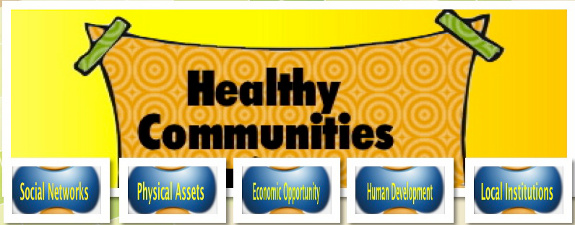Agency Heads
Register Here!
Register Here!
Register Here!
Register Here!
Register Here!
Walk to Build Student Leaders
How many children disappear in Southeast Raleigh everyday? Gone missing

Southeast Raleigh is a quarter of the Capital City. About 85,000 people live here, but they're not all the same. It's one of the fastest-growing parts of Raleigh, but some neighborhoods are in decay. It has a reputation for crime. T here is crime. And poverty. You don't have to look hard to see it. But even in the worst parts of Southeast Raleigh, there's hope. In most of Southeast Raleigh, there's very little crime and the neighborhoods are middle-class and still predominantly black.
There's a stirring in Southeast Raleigh, a semblance of do-it-yourself spirit. There's no part of the city with more potential to grow and add vitality to our region than Southeast Raleigh. It will do so when all of us embrace it, from within and without.

A healthy community is one where people have good physical and emotional health. But this is more than just the absence of illness. A healthy community promotes well-being and offers a high quality of life. Healthy communities can be measured along five dimensions which contribute significantly to people's ability to thrive.
Social Networks: A healthy community has strong social networks that offer mutual support opportunities, facilitates social exchange, and the sharing of skills, resources, and assets.
Physical Assets: A healthy community has physical assets, such as buildings, parks, commercial, and other public spaces that are safe, clean, and comfortable, and provide opportunities for interaction and exchange. The physical assets of the community are aesthetically pleasing and offer the community a sense of identity.
Economic Opportunity: A healthy community provides a robust economic opportunity structure, that fosters innovation and allows all of its members to participate in the creation and production of goods and services that contributes positively to a healthy sustainable high quality of life.
Human Development: A healthy community provides individual community members with opportunities for personal growth and improvement. Individuals will be able to gain knowledge, develop skills, talents, and abilities, including the ability to express themselves creatively.
Local Institutions: A healthy community has community based institutions that sustain, respect, and support each of the dimensions described above.